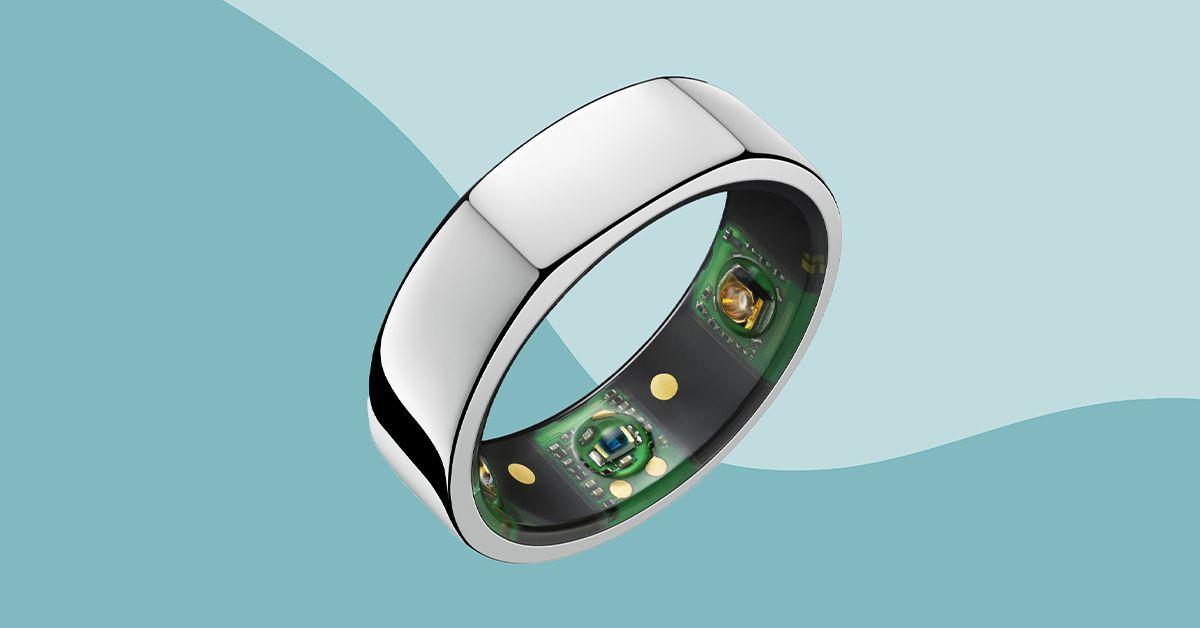In an era where wellness gadgets flood the market promising better health with a tap or a swipe, the Oura Ring has quietly gained a devoted following.Touted as a sleek, smart piece of jewelry that tracks your sleep, activity, and recovery, it claims to offer personalized insights that coudl transform restless nights into restful slumbers. But beyond the sleek design and glowing reviews, one question remains: Does the oura Ring really improve your sleep? In this article, we embark on a real-life wellness test to separate the science from the hype and find out if this high-tech accessory lives up to its sleep-enhancing promises.
Understanding the Science Behind the Oura Ring’s Sleep Tracking
The oura Ring leverages cutting-edge biosensors to collect a variety of physiological signals throughout the night, creating a detailed portrait of your sleep architecture. By measuring metrics such as heart rate variability (HRV), skin temperature, and respiratory rate, it provides insights far beyond conventional step counters or basic sleep trackers. This multi-dimensional data is then processed through proprietary algorithms designed to estimate time spent in different sleep stages like light, deep, and REM sleep, allowing users to understand not just quantity, but the quality of their rest.
Its ability to sync and analyze multiple body signals results in a nuanced understanding of sleep patterns,helping users identify disturbances or irregularities. Key tracked parameters include:
- latency: How quickly you fall asleep after going to bed
- Sleep Efficiency: The percentage of time spent asleep while in bed
- Restfulness: Frequency and duration of awakenings during the night
| Metric | Purpose | Data Source |
|---|---|---|
| Heart Rate Variability | Assess autonomic nervous system balance | Infrared photoplethysmography |
| Skin Temperature | Detect deviations linked to illness or environmental factors | Thermistor sensor |
| Respiratory Rate | Identify breathing irregularities | Accelerometer and PPG data fusion |
Analyzing Real-life Sleep Data and User Experience
Delving into weeks of continuous data collection, the real-life usage of the Oura Ring reveals compelling patterns about sleep quality and recovery. users reported subtle yet consistent improvements in their sleep duration and efficiency, as the ring’s insights nudged them towards healthier bedtime habits. The interplay between its biometric feedback—like heart rate variability and deep sleep phases—and personal adjustments provided a unique window into restorative sleep cycles that many had previously overlooked. This nuanced data fosters a sense of ownership over one’s sleep wellness,turning abstract numbers into actionable lifestyle changes.
When comparing subjective user experiences with the objective measurements, certain trends emerged that highlight both the strengths and limitations of the device. As a notable example:
- Enhanced sleep awareness: most users felt more in tune with their sleep patterns, attributing better consistency to the ring’s daily reports.
- Mixed immediate effects: Some found that the ring prompted stress or anxiety about sleep scores,slightly affecting restfulness initially.
- Long-term behavior shifts: Positive habits like earlier bedtimes and reduced screen time before sleep were frequently enough credited to the ring’s gentle reminders.
| Metric | Week 1 Average | Week 4 Average | Change |
|---|---|---|---|
| Total sleep (hrs) | 6.5 | 7.2 | +0.7 hrs |
| Deep Sleep (%) | 15% | 18% | +3% |
| Sleep Efficiency (%) | 82% | 87% | +5% |
| Resting Heart Rate (bpm) | 62 | 59 | -3 bpm |
comparing Oura Ring Insights with traditional Sleep Improvement Methods
When we pit the Oura Ring’s data-driven approach against traditional sleep improvement methods, a interesting contrast emerges. Classic techniques focus heavily on behavioral changes—like sticking to a strict bedtime, reducing caffeine intake, and practicing relaxation exercises. These methods depend largely on consistent habit formation and subjective observation without the aid of continuous biometric feedback. In contrast, the Oura Ring offers objective, minute-by-minute insights by tracking heart rate variability, body temperature, and sleep stages, allowing users to tailor their routines based on real-time physiological signals. This data-centric approach can reveal hidden patterns or disturbances that might be missed with standard advice alone.
Having mentioned that, integrating both approaches frequently enough yields the best results. Here’s a quick look at their strengths:
- Traditional Methods: Simple,affordable,and easy to implement without technology.
- Oura Ring: Provides personalized feedback and actionable insights backed by continuous biometrics.
| Aspect | Traditional Methods | Oura Ring Insights |
|---|---|---|
| Data Type | Subjective, habit-based | Objective, physiological |
| Personalization | General advice | Custom feedback |
| Ease of Use | High | Requires wearable device |
| Cost | Minimal to none | Upfront investment |
Practical Tips for Maximizing Sleep Quality Using the Oura Ring
To truly harness the power of your Oura Ring, start by integrating its insights into your nightly routine. Pay close attention to the personalized readiness and sleep scores each morning, using them as a guide to adjust your bedtime habits. For example, if the ring highlights a delayed sleep onset or frequent awakenings, consider implementing a wind-down period involving dimmed lights, calming scents, or a digital detox. The Oura’s temperature and heart rate variability data also offer subtle clues—if your body shows signs of stress or illness, it’s a cue to prioritize rest or light activity the following day rather than pushing through exhaustion.
Another game-changer lies in creating a feedback loop between your lifestyle choices and Oura data. Keep a simple journal alongside the app to note how changes like caffeine cutoff times,workout scheduling,or bedroom temperature shifts affect your nightly scores. Below is a quick reference table summarizing actionable tips based on common Oura alerts:
| Oura Alert | Recommended Action |
|---|---|
| Low Readiness | Prioritize hydration, light stretching, and avoid heavy meals before bed |
| Elevated Resting Heart Rate | Practice relaxation techniques like deep breathing or meditation |
| Temperature Fluctuation | Adjust room temperature or bedding to enhance comfort |
| Irregular Sleep Timing | Establish a consistent sleep and wake time, even on weekends |
Key Takeaways
In the quest for better sleep, the Oura Ring emerges as a sleek companion, blending technology and wellness in a subtle, unobtrusive design. While it offers insightful data and gentle nudges toward healthier habits, its impact ultimately depends on how you interpret and act on that information. Like any tool, the ring doesn’t guarantee restful nights on its own—but when paired with mindful sleep practices, it can certainly illuminate the path to more restorative rest. So, does the Oura Ring really improve your sleep? The answer lies not just in the device, but in the choices you make after the data lands on your wrist.
